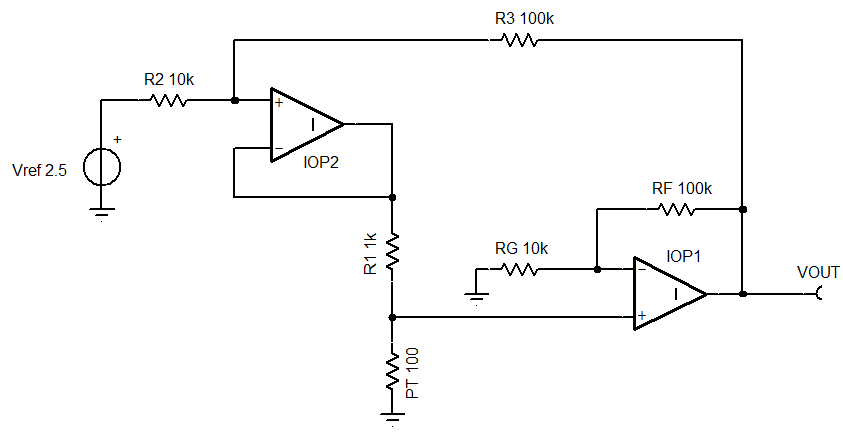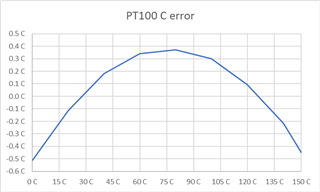Other Parts Discussed in Thread: TLV9002, , LM134, OPA2187, OPA4187, OPA187
I was looking at this circuit CIRCUIT060002 in which temperature measurement is done using a NTC thermistor. The change in temperature will change in resistance but in voltage divider circuit, this will also change the current, right ? then the resistance change will not exactly equal to the voltage read by the opamp TLV9002. What is the accuracy of the measurement ?
In my application I am looking for a circuit to measure the temperature between 0 to 150 degC. The measurement error or precision could be within +/- 1 degC which is fine. Considering CIRCUIT060002, what values should I use for R1, R2 and R3 ? and also Vref.







